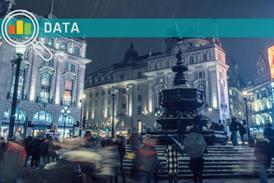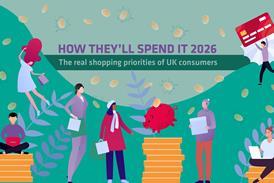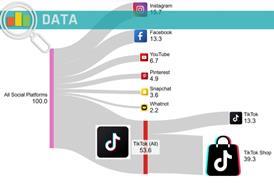‘What if everyone is wrong about the metaverse?’

Some unconvinced commentators see the metaverse as the tech industry’s attempt to conjure up the next big thing, says OC&C Strategy Consultants’ Michael Jary.
Six out of every 10 people on Earth now own a smartphone, and the technology is mature. Meanwhile, buzzwords such as AR, VR, blockchain and open-world games are at the beginning of their curves: what will it all add up to?
Already have an account? Sign in here




















